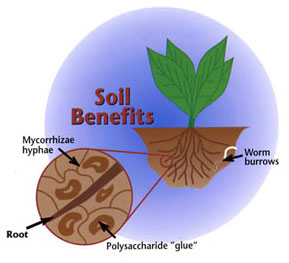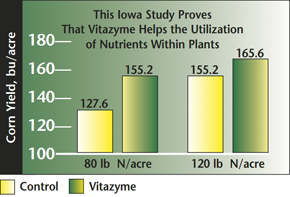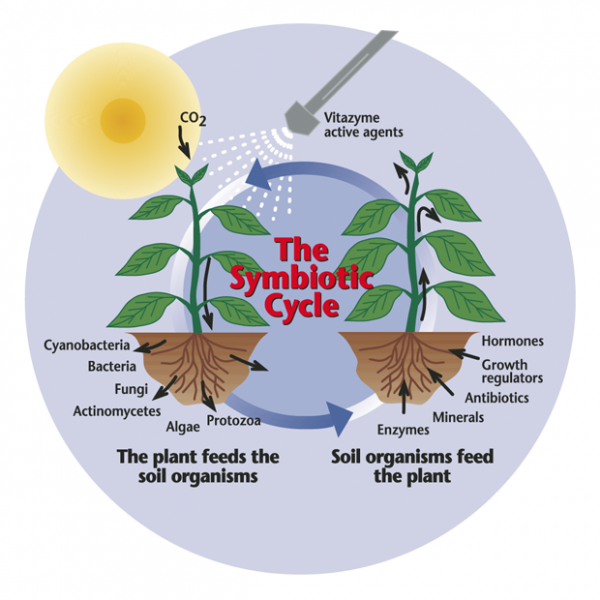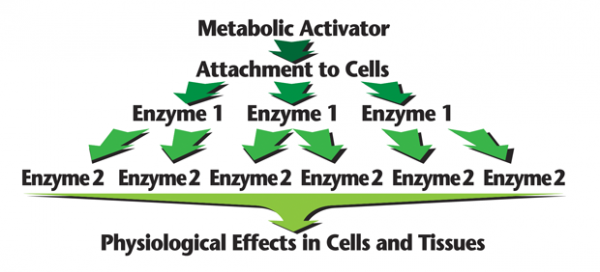Whether you plan on growing plumeria for pleasure or profit, you should know growing from seeds is a major commitment that grows bigger and bigger every year.
Growing a plumeria from seed is the only way to produce a new cultivar. Typically it will take a plumeria 2-3 years to bloom and sometimes much longer. I believe only 1 out of 500 seedlings is worthy of growing to the point of being a commercially viable plumeria. And, it could take as long as 10 years to have enough product to bring to market. This is the main reason the newest cultivars cost more.
So, if you have the commitment and really want to make an incredible journey, I encourage you to grow plumeria from seed. It is a very rewarding journey and the feeling you get when you see YOUR seedling blooming for the first time is a feeling you will never forget. It won’t matter if it is a world class plumeria flower or just a common white. The first is always special, but you will have that feeling of anticipation and excitement with every new seedling bloom.
Growing Plumeria from seeds has been my passion for many years. This year is no different, it’s time to try new things and have new successes and of course failures. Armed with all the data from past years, it an ongoing goal to determine what the best methods are for my growing environment, needs, and budget. Some methods may be outstanding, but for me, they are far too labor intensive. Some products may work great but maybe just too expensive to justify using. With all this in mind, the first thing to do is develop a plan for the next seedling project.
Plumeria Seed Selection
IT’S EXTREMELY RARE FOR PLUMERIA SEEDS TO GROW TRUE TO IT’S PARENT(S). This is a very important fact to know. The good news, you can expect plumeria seeds to inherit some of its parent’s characteristics possibly going back 7 generations. The bad news is, most will inherit the less desirable characteristics. So the selection of which seeds you want grow is very important.
Selecting healthy seeds is imperative if you are going to spend a lot of time and energy growing plumeria seeds, you deserve to have the best chance of success possible.
Whether you are growing for fun or pleasure, you should select quality seeds from a trusted grower who will guarantee the pod parent. I would suggest you purchase a complete seed pod when possible or at least all the seeds in a seed pod. Be cautious of any seller who claims to know the pod and pollen parents, unless they are a very respected grower. Even though a plumeria seed typically does not grow true to its parent(s) you can improve the chances of getting an outstanding plumeria by knowing as much about a seed’s heritage as possible. Selecting seeds from a cultivar know to produce good seedlings is a good practice.
Viability Testing
A dormant plumeria seed certainly looks dead. It does not seem to move, to grow, nor do anything. In fact, even with biochemical tests for the metabolic processes we associate with life (respiration, etc.) the rate of these processes is so slow that it would be difficult to determine whether there really was anything alive in a seed.
Testing the viability prior to planting can be a resource and time saver. The viability of plumeria seeds can be checked by using one of several methods.
Quick check: By simple feeling the seed to see if it feels firm and thicker in the center of the seed, there is a good chance it is viable.
Drop the seed in a bowl of lukewarm water and allow to set for several hours, as the seed takes on water and removes air it will sink in the bowl. If a seed sinks, there is a good chance it is viable.
Germination
If a plumeria seed is not allowed to germinate (sprout) within some certain length of time, the embryo inside will die. Each species of seed has a certain length of viability. Some plumeria seeds have been known to germinate after 12 years. It is best to plant within a few months of being dispersed. It is believed a few cultivars, such as Dwarf Singapore Pink, will lose viability as it dries out and should be planted as soon as possible.
Assuming the seed is still viable, the embryo inside the seed coat needs something to get its metabolism activated to start the embryo growing. The process of getting a plumeria seed to germinate is simple.
Plumeria seeds lack true dormancy. The seeds are ready to sprout. All they need is some moisture to get their biochemistry activated, and temperature warm enough to allow the chemistry of life to proceed.
Place the seed in soil with the fan part of the seed sticking up out of the soil and water well, keep the soil moist. The seed will germinate in a few days and you will seed the seed emerge within 5-10 days, sometimes longer.
Spread the seeds out on soil laying flat in a try and cover with 1/4″ of soil. Water well and keep the soil moist. The seed will germinate in a few days and you will seed the seed emerge within 5-10 days, sometimes longer.
Place the seed between two paper towels, soak with water, place the towels in a warm area. Allow to sit until you see roots developing. Do not allow the towels to dry out, if the seeds start to germinate and then dries, it could stop it from germinating. As soon as roots appear, it is time to plant. You should see roots within a few days.
The seed cotyledon, which forms in the embryo of a seed before germination, stores food for the embryo. Along with the endosperm, the cotyledon nourishes the new growth of the plant. It is the part of the seed that emerges from the testa, or hard covering, during germination. It grows upward, turning into a set of seed leaves as the seed germinates, using photosynthesis to nourish the newly forming plant further. The seed leaves will fall off after true leaves form.
Initial Transplanting to soil & the First 3 Months of Growth
After true leaves form the growing needs change. As the seedling grows it will need more sunlight, warmth, moisture and nutrients. I believe the first three months of a seedlings life is the most important.
In 2016, I performed an experiment where I applied Excalibur granular fertilizer to a two month old group (Group “B”) of seedlings, I keep another group for control (Group “A”) without additional fertilizer, after 5 weeks I compared the groups. Group “B” had grew approximately 24% more in height and has substantially more roots. After 2 months, I added the same granular fertilizer to Group “A” and started treating both the same after that. The interesting fact is, after 10 months there was still a 24% difference between Group “A” and Group “B”. I will continue to track the grow of these groups over the next few year.
From 3 Months to Bloom
After approximately 3 months, it is important to start treating seedlings as young adults. For me this means, water as soon as needed, fertilize with micronutrients, organic mater, bio-stimulates, etc. that enhance the roots system and overall maturity of the plant. At the same time, I provide additional nutrients to the leave and tips to keep the plant healthy and pest free. The goal is to allow the plumeria to mature as much as possible in the shortest amount of time. It is important to understand the concept of “allow the plumeria to mature”. What I stress is to provide a balanced diet of nutrients, organic mater, bio-stimulates, moisture and heat without overdoing or under doing any one factor.
Right now I would say 99% plus of all plumeria seeds produced are pollination by nature. My overall goal is to grow seedling to bloom and establish a reliable seedpod parents to use with cross-pollination projects. I’m fortunate to have a company like Florida Colors Nursery with a real need to grow seedling for root stock and new plumeria for future sales. This provides a need for the 99% of our seedling that will not be outstanding enough to grow to a marketable size.








